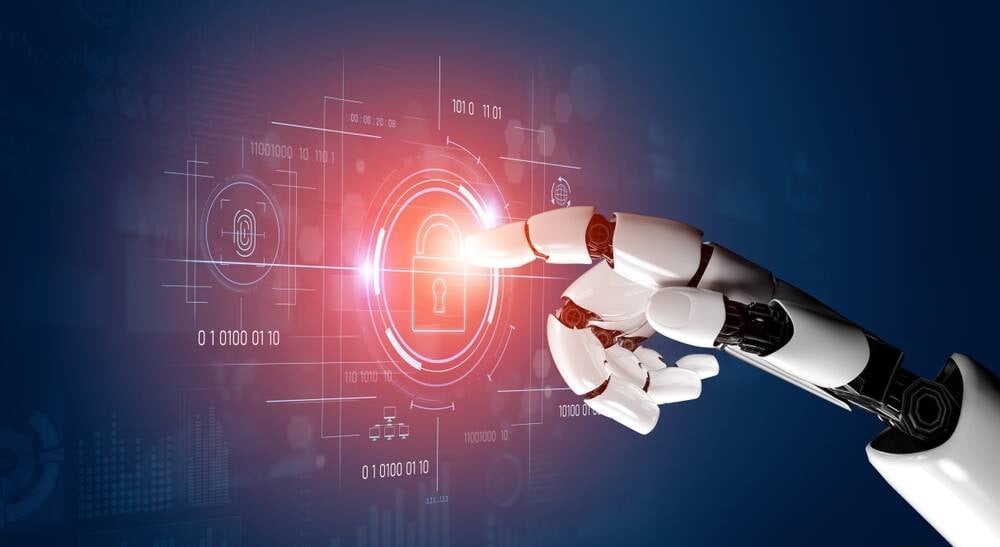August 7, 2025
5 min read
Jessica Lyons
Microsoft's AI malware detection agent Project Ire flagged 26% of malware in tests, showing promise despite missing most threats.
Microsoft has developed Project Ire, an autonomous AI agent designed to detect malware without human intervention. This prototype leverages large language models (LLMs) combined with reverse engineering and binary analysis tools to analyze software "without any clues about its origin or purpose" and classify it as malicious or benign.
According to Microsoft, Project Ire was the first reverse engineer at the company, human or machine, to author a conviction case — a detection strong enough to justify automatic blocking — for a specific advanced persistent threat (APT) malware sample. This sample has since been identified and blocked by Microsoft Defender.
If successful at scale, Project Ire aims to reduce the burden on security analysts who currently spend hours manually reviewing suspicious files, a process that leads to alert fatigue and burnout. The AI agent could allow human experts to focus on more sophisticated and rapidly evolving threats requiring immediate attention.
Source: Originally published at The Register on Wed, 06 Aug 2025 21:00:15 GMT
Test Results and Performance
In a real-world evaluation involving approximately 4,000 "hard-target" files—those not classified by automated systems and typically reviewed manually by human reverse engineers—Project Ire flagged 89% of the files it identified as malicious correctly. However, it only detected about 26% of all malware present in the test set. Microsoft security engineers described this performance as "moderate," but noted that the combination of accuracy and low error rate indicates potential for future deployment. The prototype is planned to be integrated into Microsoft Defender’s suite, enhancing antivirus, endpoint, email, and cloud security tools by acting as a binary analyzer for threat detection and software classification. Microsoft’s goal is to improve Project Ire’s speed and accuracy to classify files correctly on first encounter and eventually detect novel malware directly in memory at scale.AI in Malware Detection: Not a New Concept
AI-based malware analysis has been used by antivirus vendors like Cylance for nearly a decade. Gartner VP Neil MacDonald emphasized that the best malware detection results come from combining deterministic methods (patterns and signatures), machine learning, and probabilistic AI/GenAI techniques. MacDonald noted that Microsoft’s approach is positioned more as an incident detection and response tool rather than a preventative inline control. He also pointed out the relatively high false positive and false negative rates documented, highlighting the limitations of the current AI approach. Despite these challenges, MacDonald stressed the importance of investing in AI for security. As attackers increasingly use AI to create new threats rapidly, defenders must leverage AI and GenAI to keep pace with the volume and variety of attacks.Industry-Wide AI Security Push
Microsoft’s announcement aligns with a broader industry trend where major security companies are integrating AI agents into their enterprise security products. Google, for example, is developing AI agents for malware analysis and threat assessment, with previews available to select customers. Recently, Palo Alto Networks acquired Israeli firm CyberArk for $25 billion to enhance its identity security capabilities, including verification of human, machine, and AI identities. CyberArk reports that machine identities outnumber human ones by 40 to one, a ratio expected to grow as AI agents become more prevalent.Source: Originally published at The Register on Wed, 06 Aug 2025 21:00:15 GMT

